Current Status and Future Prospects of the U.S. Aviation Industry/ Advanced Efforts to Improve the Customer Experience at U.S. and European Airports
- Colloquium
The 151st Transport Policy Colloquium -Washington Report ⅩⅤ(Online)
※Language : Japanese
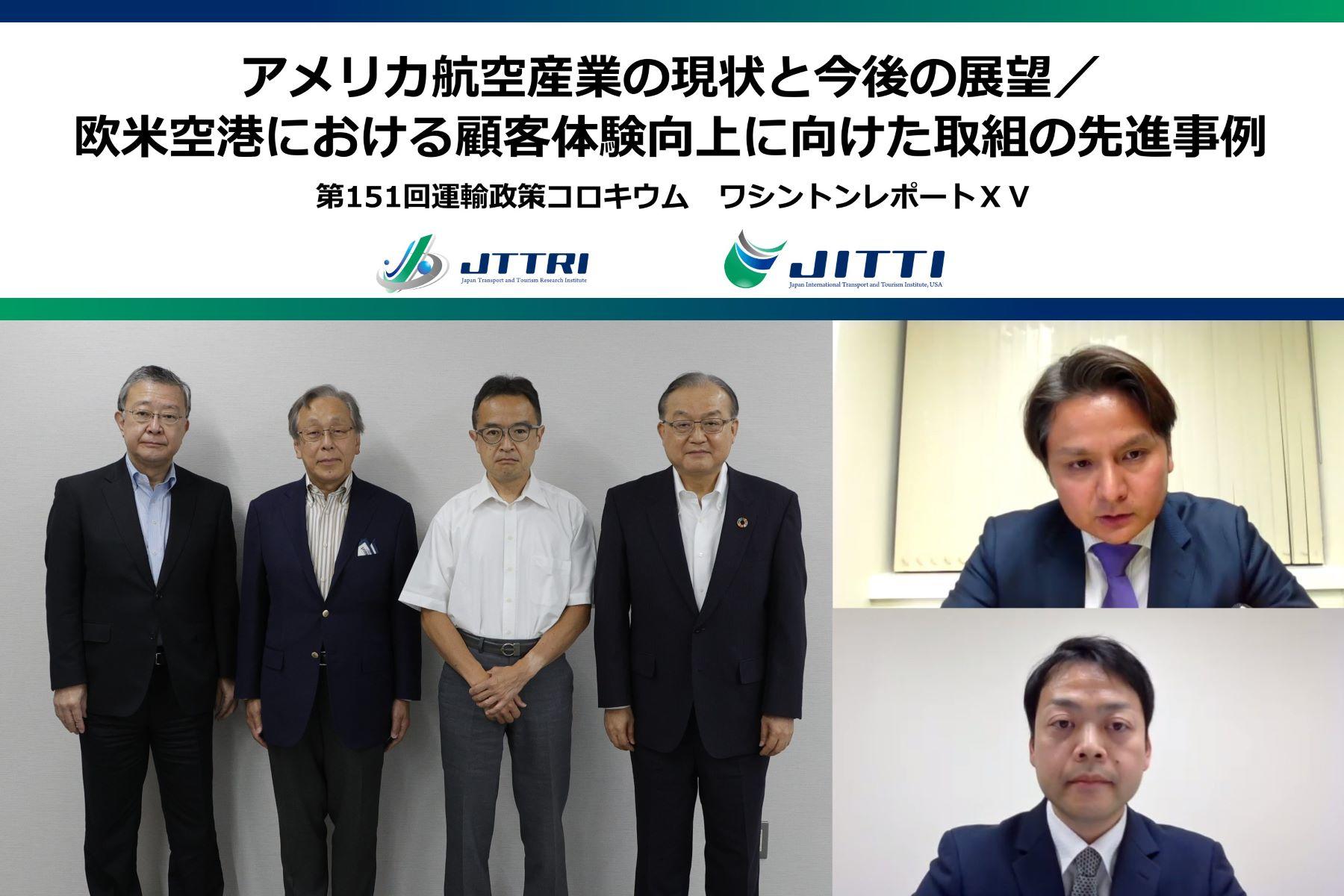

| Date / Time | Wed, Jun 22,2022 10:00~12:00 |
|---|---|
| Event Number | The 151st |
| Theme | Current Status and Future Prospects of the U.S. Aviation Industry/ Advanced Efforts to Improve the Customer Experience at U.S. and European Airports |
| Lecturer | Lecturer NAKAGAWA Tetsuhiro Senior Representative, Japan International Transport and Tourism Institute, USA (JITTI-USA) HAGIWARA Tetsuhiro Aviation Analyst, Japan International Transport and Tourism Institute, USA (JITTI-USA) Commentator YAMAUCHI Hirotaka President for Research, JTTRI OINUMA Shinji Vice President, Facilities’ Planning Tokyo International Air Terminal Corporation <Discussion> Coordinator:YAMAUCHI Hirotaka President for Research, Japan Transport and Tourism Research Institute (JTTRI) ※Language:Japanese |
Event Summary
While aviation markets around the world are still struggling to cope with the repercussions of the COVID-19 pandemic, the U.S. aviation market is gradually making a full-scale recovery from the pandemic ahead of other regions. Following the footsteps that the U.S. aviation market has taken since the onset of the pandemic and foreseeing its future path will be beneficial for Japan when it undertakes its own strategy for a full-scale recovery from the pandemic in the future. The first part of the seminar explained the status of the U.S. aviation market’s recovery and the actions taken by the government and aviation companies during that process. This was based on the results of a survey on the status of supply and demand and other factors in the U.S. aviation industry obtained through yearly fixed-point observations by the Japan International Transport and Tourism Institute, USA (JITTI USA). Furthermore, the issue surrounding the competitive environment in the aviation industry, which is becoming a point of debate in the US, was presented, and future prospects were discussed. The second section discussed efforts to improve the customer experience at airports, whose importance has been reaffirmed primarily from the perspectives of touchless travel and close-contact avoidance during the pandemic. The presentation featured advanced cases at US and European airports that use biometrics for the boarding process and security checks with the use of artificial intelligence. Furthermore, a report of the current status of initiatives in Japan was provided, followed by a discussion regarding future issues and outlooks.Program of the seminar is as the following
| Opening Remarks |
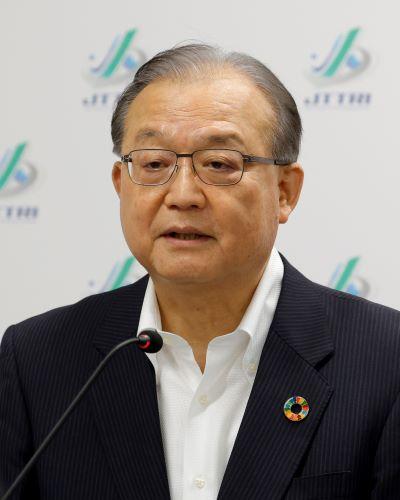
SHUKURI Masafumi |
|---|---|
| lecture① |

NAKAGAWA Tetsuhiro |
| Comment① |
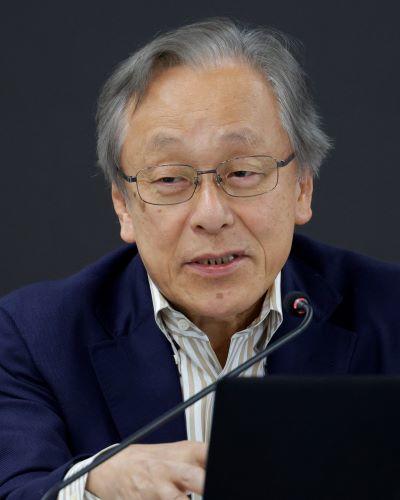
YAMAUCHI Hirotaka |
| lecture② |
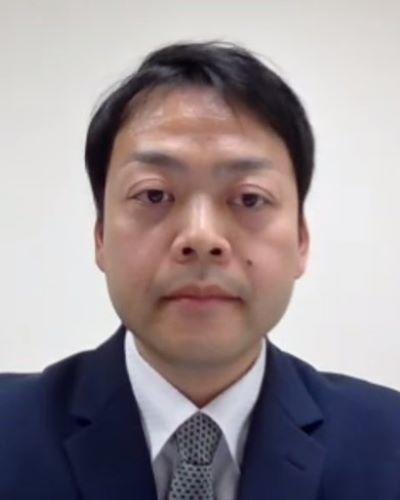
HAGIWARA Tetsuhiro |
| Comment② |
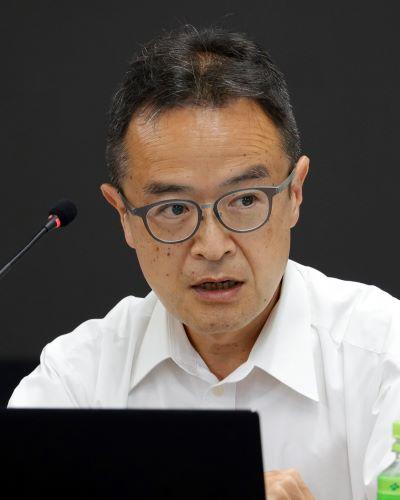
OINUMA Shinji |
| Panel Discussion and Q&A |
<Coordinator>
・YAMAUCHI Hirotaka President for Research, JTTRI ・NAKAGAWA Tetsuhiro Senior Representative, Japan International Transport and Tourism Institute, USA (JITTI-USA) ・HAGIWARA Tetsuhiro Aviation Analyst, Japan International Transport and Tourism Institute, USA (JITTI-USA) ・OINUMA Shinji Vice President, Facilities’ Planning Tokyo International Air Terminal Corporation |
| Closing Remarks |
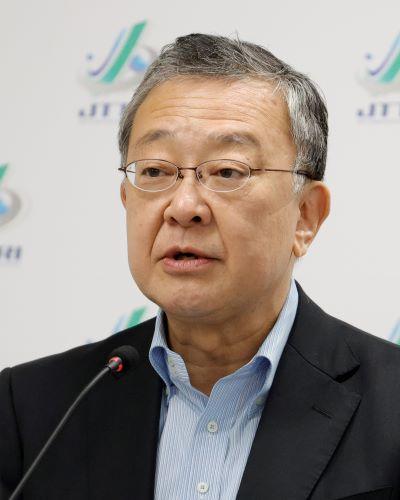
OKUDA Tetsuya |
Outline of the seminar
Senior Representative Nakagawa and Aviation Analyst Hagiwara from JITTI USA gave presentations titled “Current Status and Future Prospects of the U.S. Aviation Industry/ Advanced Efforts to Improve the Customer Experience at U.S. and European Airports.” Their presentations covered the following points.Part 1: Current Status and Future Prospects of the U.S. Aviation Industry
- The U.S. aviation market is already recovering to pre-COVID levels of demand for passenger travel in domestic routes. Meanwhile, international routes vary depending on each country’s entry policy, but have recovered to around 50% overall. Airlines are already starting to focus on boosting income and reducing costs in order to turn the recovery in demand into a recovery in business performance.
- LCCs are enjoying “special demand for leisure” for both domestic and international routes. Network carriers need to achieve “recovery in demand for business travel” before they can recover to pre-COVID levels. The crucial point is how hard the spread of remote work will impact demand for business travel.
- From a global perspective, the reopening of Asia-Pacific markets is the last remaining obstacle for international routes. The Asia-Pacific region was known as “the region with the greatest potential,” but now it is “the region with the greatest risk.” Everyone is waiting to see whether the pandemic will have a lasting impact in the future.
- The federal government established a Payroll Support Program for airlines as part of COVID relief measures. This program allowed airlines to continue offering flight services, and as a result, also helped airlines to recover faster. Airlines have tried to keep up with different phases, including a shift to leisure routes, and reduction/adjustment of production.
- The top companies in the aviation industry have developed into an oligopoly. The Biden administration issued the Executive Order on Promoting Competition in the American Economy. The Department of Justice filed a lawsuit against the business alliance between JetBlue and American Airlines. This matter should be followed closely because it will decide the future of competition in the U.S. aviation industry.
Following the presentation, commentator and JTTRI President for Research Hirotaka Yamauchi shared the following questions and comments.
■ Comments from President for Research Yamauchi
- The main points explained the current status of the U.S. aviation industry and the report was easy to understand.
- The impact of COVID in the U.S. doesn’t seem to be as deep as in Japan. It was clear that availability of vaccines and fast legislative decisions contributed to a faster recovery in the aviation industry.
■ Questions from President for Research Yamauchi
(1) Some people say that the service gap between LCCs and network carriers was already gone before COVID hit—how do you expect it will be after the pandemic ends? In particular, do you expect to see changes in the corporate structure and business strategies of network carriers due to COVID-19?
(2) How will policies regarding competition in the U.S. aviation market be different before and after COVID? Does the industry appear willing to tolerate some of these restrictions on competition, considering the slump caused by COVID-19?
(3) What is the U.S. saying and doing about airline decarbonization measures? (Government policies under President Biden, developments among U.S. airline companies)
In response, Senior Representative Nakagawa shared the following answers.
(1) During COVID, network carriers adopted a strategy that focused on the high-end customer segment. As a result, it is possible that LCCs which specialize in leisure routes have lost some competitiveness with regards to this customer segment.
(2) The policies in the Executive Order on Promoting Competition in the American Economy issued by the Biden administration are not temporary measures. We can expect it to have long-term impact, at least under a Democratic administration. The stance of the government is that the top four airlines in the U.S. may not impede the progress of smaller airline companies, while allowing these smaller airline companies to discuss mergers. Whatever happens, whether government intervention like this will happen or not depends on the upcoming court decision.
(3) The Biden administration is preparing bills to achieve targets for net-zero greenhouse gas emissions in the aviation sector by 2050, including a tax credit system for SAF producers, and funding opportunities to support SAF production and utilization, but final drafts are not yet complete. The industry appears ready to cooperate, and some companies are already proactively embracing SAF, or developing or introducing electric passenger aircraft.
Part 2: Advanced Efforts to Improve the Customer Experience at U.S. and European Airports
- With global aviation demand projected to roughly double in the next 20 years in terms of both passengers and flights, airports will face challenges in terms of safety, capacity, resources, and passenger needs that, if not properly addressed, will lead to a poor customer experience.
- In addition to efforts to enhance airport safety, improve operational efficiency, and optimize resources in anticipation of future increases in demand, measures to avoid contact and crowding introduced during the COVID-19 pandemic are also important for the recovery of international travel in the post-COVID era.
- In the U.S., facial recognition technology has been in use since around 2017, and in conjunction with the facial recognition matching system (TVS) developed by Customs and Border Protection (CBP), facial recognition and “face pass" initiatives that eliminate the need for ID documents are being rolled out at airport locations such as check-in, security check, and boarding.
- These facial recognition efforts are spreading in Europe and Japan as well, but there are many situations where the public and private sectors are working separately. From the passenger’s perspective, it would be beneficial to see more cooperation, like the public-private partnerships in the U.S., aimed at the introduction of a seamless “face pass” that allows passengers to avoid having to ever take out their ID documents after check-in.
- In addition, initiatives for improved safety and enhanced checks are gaining momentum in the field of security checks in anticipation of future increases in demand and smoother passenger movement. Airports in Europe and the U.S. are working on enhancing hazardous material detection capabilities, improving the efficiency of security checks, and easing congestion at checkpoints by using state-of-the-art equipment that incorporates technology such as CT scanning from the field of medicine and AI-based machine learning functions.
- In the U.S., reducing congestion and waiting times at security checkpoints has become a social issue, to the extent that an executive order has been issued, and efforts to develop and test new technologies through public-private partnerships are picking up speed.
-With momentum building for recovery of demand for air travel following the pandemic, we will continue to monitor the expansion of efforts to streamline movement and improve the passengers’ experience at airports in Europe and the U.S., including the use of facial recognition technology and enhanced security checks.
Afterwards, the commentator Shinji Oinuma, Vice President, Facilities’ Planning, Tokyo International Air Terminal Corporation, made the following comments and questions in response to Mr. Hagiwara’s presentation.
■ Main comments from Vice President Oinuma
- Using a facial recognition service called “Face Express,” we have also introduced and operated a “face pass” service for international flights at Haneda Airport since July 2021.
- Previously, ID and boarding information had to be checked manually at each location in the airport, but by linking boarding information, passport information, and facial information at check-in, Face Express allows passengers to use “face pass” procedures thereafter at baggage drop-off, security check, and boarding with no need for documents.
- However, although there is a facial recognition gate at departure passport control, which is under the jurisdiction of the Ministry of Justice, for security reasons it cannot be connected to Face Express, an external system, so collaboration is an issue in terms of passenger convenience.
- Conceptually, facial recognition sounds like a system good for everyone, with three major advantages: labor saving, simplification (speeding up), and infection control. However, Haneda Airport is struggling with the following operational issues: passenger understanding of the automation (proper method of operation), differences in attitudes toward services due to differences in national identity between U.S./Europe and Japan, and handling unexpected events (suitcases with many past barcodes still attached, overweight baggage, and restricted items). Delays in communicating the benefits of automation and unmanned operations using facial recognition could lead to the image of the service being tarnished, and there are concerns that this could have a negative impact on the adoption of the service itself.
- In terms of enhancing security checks, CT scanners and smart lanes have also been introduced at Haneda Airport to facilitate movement and eliminate sources of stress for passengers.
■ Questions from Vice President Oinuma
(1) Are the challenges at Haneda (for introduction and widespread use) the same as those for the U.S.? If the issues are similar, how have you solved (or are you trying to solve) them?
(2) Have there been any government support measures for introduction in the U.S.?
In response, Mr. Hagiwara gave the following answers.
(1) For the case in the U.S., facial recognition is required for identity verification at check-in, as in Japan, but since this process does not differ significantly from the conventional check-in process using automatic check-in machines, it is not considered to be a particular issue in the U.S.
In the early stages of introducing automated operations such as automatic baggage drop-off machines, it may seem a bit simplistic to say, but there’s no substitute for informing passengers in advance and on site, and having staff provide guidance.
(2) In the U.S., the government’s financial support for transportation infrastructure development includes the Airport Improvement Program, but this is limited to airport safety, capacity, and environmental improvements, such as runways and basic facilities, and cannot be used to fund facility improvements such as facial recognition. As such, when airport companies introduce eGates, etc., they generally use the Passenger Facility Charge (PFC) as a source of funding.
In addition, the fact that the U.S. Customs and Border Protection (CBP) has developed a facial recognition matching system is a major difference from the situation in Japan, and I believe that airports and airlines are benefiting from that.
In addition, due in part to the halving of PFC revenues during the COVID-19 pandemic, the federal government’s recent Infrastructure Investment and Jobs Act includes support for modernization of terminals, which was not previously covered, so this can be used for facial recognition and other improvements.
Finally, the audience was invited to ask questions, and the discussion included such topics as how to respond to new infectious diseases such as monkeypox, lessons learned from the U.S. recovery from COVID-19, an assessment of the financial support provided by the federal government, the future of airline mergers, dealing with staff shortages, delays, etc. during the period of demand recovery, and financial resources for the introduction of new technologies.


